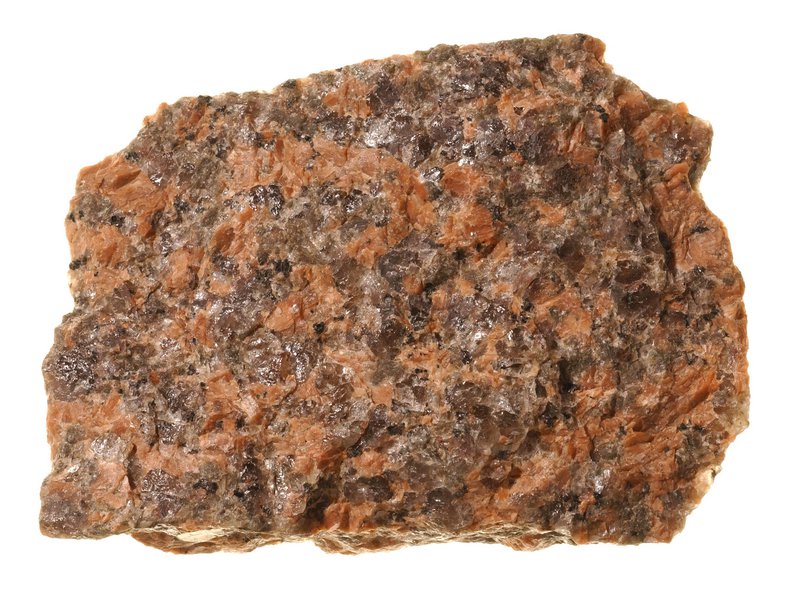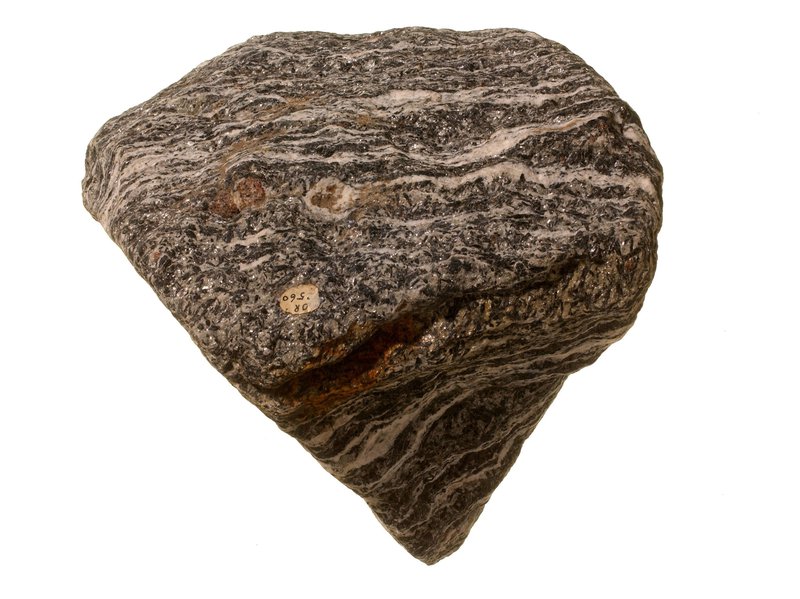Minerals and rocks
On this page...
What is the difference between minerals and rocks?
A mineral is a naturally-occurring inorganic crystalline solid with a specific chemical composition and a characteristic internal regular geometric arrangement of atoms, sometimes expressed as natural crystal faces. There are some exceptions to this, including mercury which is fluid and yet regarded as a mineral.
A rock is an aggregate of one or more mineral particles formed through either crystallisation of molten magma (igneous rocks), settling of particles (sedimentary rocks), or reheating and pressure applied to pre-existing rocks (metamorphic rocks), with no set chemical composition or atomic structure.
From mineral to rock
Minerals make rocks. Rocks can be made of just one mineral, such as quartzite, or a group of different minerals, such as granite. They have no set chemical composition or atomic structure. This means no two pieces of granite are the same.
No rock is forever. Our active Earth – from storms and rivers to glaciers and volcanoes – recycles rocks from one form to another. Changes in heat and pressure or exposure to the elements can melt, dissolve, freeze and erode rocks.
The types of minerals found in a rock, and the way they are arranged, give a rock its name. Rocks are classified into three main groups according to how they are formed.
Igneous rocks

Beneath the Earth’s crust molten magma simmers, flows and occasionally erupts as lava. It forms different rocks depending on its chemistry and the rate at which it cools and solidifies. Magma at the surface cools quite quickly and forms volcanic rocks such as basalt.
Meanwhile, underground, molten rock cools more slowly, giving time for crystals to form into rocks such as granite.
Granite is an igneous rock made up of at least three rock-forming minerals: feldspar, quartz and mica. The minerals form in different stages of cooling of the molten rock.
Sedimentary rocks

Rocks and shells are broken down into sediments by water, wind and rain. These sediments can get buried deep in rivers, seas and lakes. Pressure compacts them and minerals glue the grains together to form sedimentary rocks such as sandstone, shale or limestone. Sedimentary rocks are classified according to the predominant grain size and by their mineral content.
Sandstone is a sedimentary rock made up mostly of one mineral: quartz. The quartz is deposited as water-worn grains. These fragments are cemented together by silica, clay, iron oxides or carbonates.
Metamorphic rocks

Rocks deep underground suffer enormous pressure and heat, which can fold, squash, bake or melt the rocks to such a degree that new rocks and minerals are formed. Limestone can become marble; shale can form slate or schist; and granite turns into gneiss.
Gneiss (pronounced ‘nice’) is a metamorphic rock made up of the same minerals as granite. It changes from granite to gneiss when the minerals are recrystallised under heat and pressure and line up in bands.

